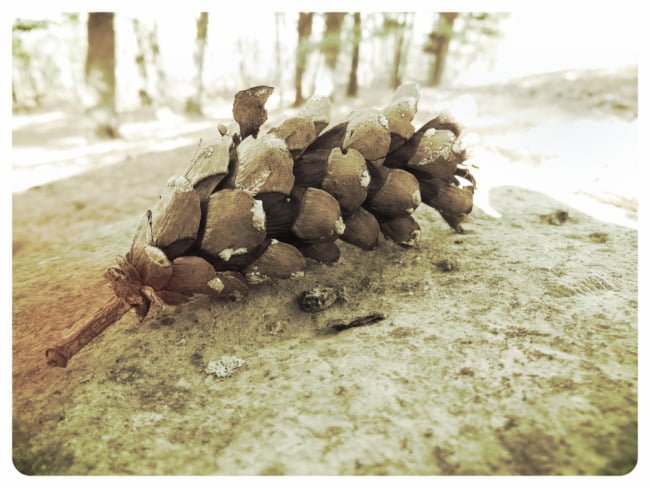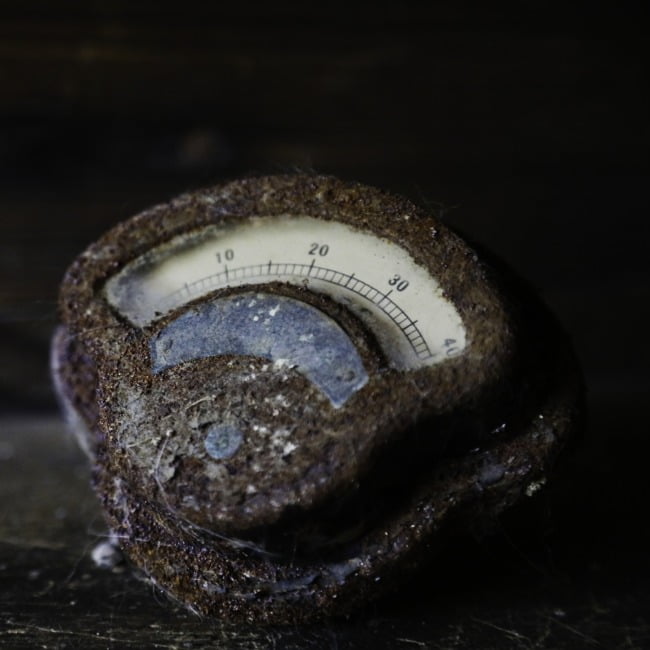There’s something about the ’90s that’s inextricable from my spirit—the music, the art, the gritty authenticity of the alternative and grunge scene. For me, the ’90s weren’t just an era of growing up or musical discovery; they were formative years that sculpted my creative identity and fueled my early work in grunge photography. When I think back to that time, I see a world pulsing with raw emotion and unapologetic defiance, led by artists who wore their broken hearts on their sleeves.
The bands I gravitated toward—Savage Garden, Sneaker Pimps, Nirvana—each held their own corner of this varied musical artistry, and in their own way, they set the tone for a kind of music that refused polish, instead celebrating the raw, the real, and the flawed. Savage Garden brought a dreamy vulnerability, with their lyrics exploring love and desire, sometimes whimsical and often poignant. Sneaker Pimps—with their enigmatic allure—embodied that dark, haunting quality, filling the air with a sense of mystery. And Nirvana? They were the living, beating heart of grunge, channeling angst and resilience into every thrumming chord, every guttural howl.
That same unfiltered, unvarnished energy in music drove my early work as a photographer. I wasn’t interested in pristine, flawless images. No—my lens was drawn to the edges, the shadows, the small fractures of life that spoke louder than words. I wanted to capture moments as they were—messy, beautiful, and honest. There was no need to airbrush or beautify; the real story was always in the imperfections, in the hard lines and soft lights that told of lived experiences, both bold and bruised.
Grunge photography reveals the raw, unfiltered grit that defines the human condition, embracing the messiness that often lies beneath polished surfaces. Our bodies, as the physical manifestations of our identities, serve as instruments through which we interact, express, and navigate the world. They bear the marks of our experiences, speak the unspoken truths of our lives, and stand as visual records of resilience, vulnerability, and strength. Through grunge photography, we capture not just the body but the spirit it conveys—the unapologetic, imperfect beauty of what it means to exist in all its complex and unrefined reality.
Grunge photography, at that time, was barely a movement. While others were pursuing vibrant colors and meticulously staged compositions, I found inspiration in the scuffed boots, the worn-out jeans, and the unkempt expressions that seemed to define the spirit of the decade. I loved the gritty textures of urban landscapes—the peeling paint on abandoned walls, the cracked sidewalks, and the smeared neon lights after a rain. These scenes weren’t just backdrops; they were as much a part of the story as the subjects themselves.
I like to think that, in some way, I helped pioneer a style that celebrated authenticity over perfection. Grunge photography captured the essence of the moment, raw and unfiltered, much like the music of the era. The photographs were statements in themselves, unrefined snapshots of truth against a world that so often prefers the polished.
These days, I still carry those influences with me. The ethos of ’90s alternative and grunge lives in my work, and I’m endlessly grateful for the era that taught me to see beauty in life’s rough edges. If there’s one thing I’ve learned from those years, it’s that authenticity is timeless—whether it’s a photograph or a song, the truth is always worth capturing.
November 16, 2024




